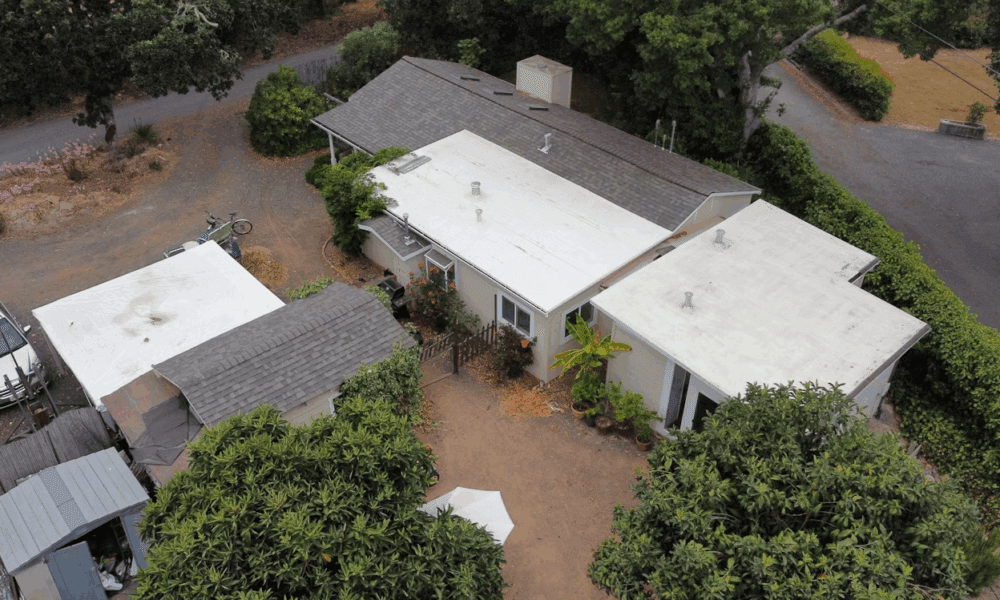Water-related incidents can be disastrous, leading to significant damage and unexpected financial strain on homeowners and businesses alike. Whether it’s due to flooding, burst pipes, or appliance malfunctions, the aftermath of such events often involves costly restoration efforts. Understanding the potential costs and effectively planning for these expenses alleviates financial stress and ensures a smooth recovery process. This article delves into factors to consider when budgeting for restoration expenses after a water-related incident.
Understanding Water Damage
Water damage can occur in various forms, including clean water, gray water, and black water damage. Clean water damage involves water from sources like broken pipes and rain, which poses minimal health risks. Gray water from appliances and black water from sewage backups are more hazardous and require precautions during cleanup. According to the Environmental Protection Agency (EPA), flood-damaged properties can harbor mold within 24 to 48 hours. This rapid mold growth can result in severe long-term effects for both structures and inhabitants, making timely intervention crucial.
Assessing Immediate Costs
The immediate costs following a water-related incident often include emergency services, such as extraction of water, drying, and assessment by professionals. These services are indispensable for preventing damage and ensuring the safety of the property. Typically, costs can vary widely depending on the severity of the incident, ranging from hundreds to several thousand dollars. Homeowners should keep contact information for a trusted emergency restoration service on hand. As the team for Water Damage Restoration In San Diego suggests, acting quickly can significantly reduce both the extent of damage and the restoration costs. You should consider expert help in assessing and mitigating damage effectively. This initial assessment can provide valuable information on the specific treatments necessary, allowing homeowners to make informed decisions that fit within their budgets.
Calculating Long-Term Costs
Beyond immediate expenses, long-term costs must be factored in, as water damage can lead to persistent issues that may require ongoing attention. If not addressed properly, mold growth can lead to extensive renovations, costing thousands of dollars in removal and structural repairs. Water-damaged materials such as drywall, flooring, and insulation might need complete replacement, quickly escalating costs. Homeowners should consider obtaining estimates from multiple contractors and ensuring that repairs comply with local building codes to avoid additional expenses down the line.
Insurance Considerations
Understanding your insurance policy is vital when planning for restoration expenses. Some policies may cover specific types of water damage, while others may not, particularly those related to flooding. It’s advisable to consult your insurance agent to clarify coverage limits and any deductibles that may apply. Being proactive in documenting existing home conditions and damages as they occur can significantly streamline the claims process and improve the chances of receiving adequate compensation.
Preemptive Measures
Taking steps to prevent water-related incidents can drastically reduce future restoration expenses. Regular maintenance, such as inspecting plumbing systems, ensuring drainage systems are clear, and checking for leaks, can help identify and mitigate potential issues before they escalate. Investing in water detection systems can also provide early warnings, allowing for prompt action before damage occurs. Home improvement practices, like installing sump pumps in basements or ensuring proper grading around the property, can minimize the risk of water intrusion.
Finding Reliable Contractors
After a water-related incident, finding a reliable contractor is really important for effective restoration. Seek out professionals with strong reputations, references, and experience in dealing with similar damage. Always ask for multiple quotes to ensure fair pricing and consider reviewing online feedback and testimonials. Proper communication is vital during the restoration process, as homeowners should be kept informed about the work being performed and any potential extra costs that could arise, thus fostering trust and transparency.
Budgeting and Financing Options
Creating a detailed budget allows homeowners to plan for both expected and unexpected water damage restoration costs. Setting aside funds quarterly for emergencies can alleviate some financial pressure. If expenses exceed what you have saved, considering financing options may be necessary. Some homeowners may qualify for low-interest loans or grants specifically designated for home repairs. Research community programs or local agencies that assist homeowners in distress following water-related incidents, as they can provide additional financial support.
Planning for restoration expenses following water-related incidents requires proactive assessment and understanding of potential costs. By evaluating immediate and long-term expenses, clarifying insurance coverage, implementing preventive measures, and securing reliable contractors, homeowners can effectively navigate the aftermath of water damage. Comprehensive budgeting and exploring financing options will contribute significantly to a successful recovery, enabling individuals to restore their homes and lives after such devastating events.











